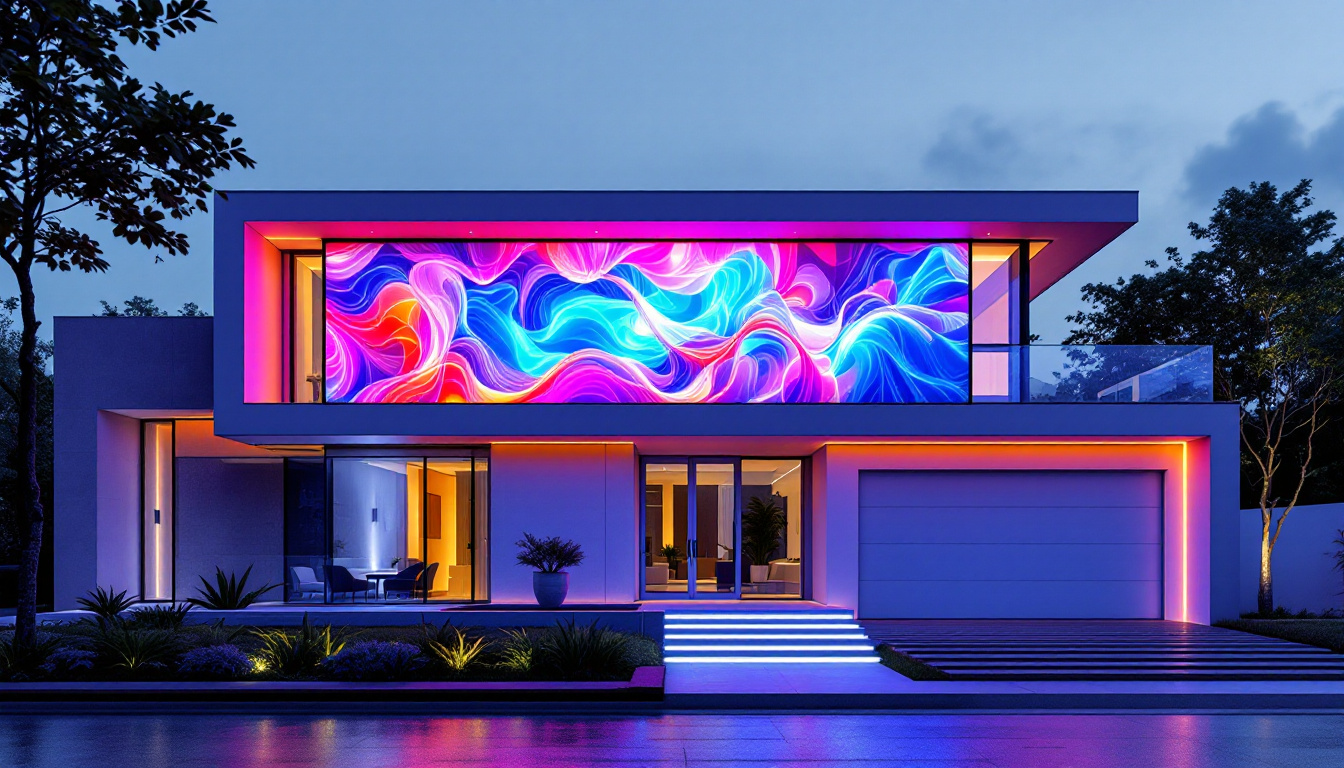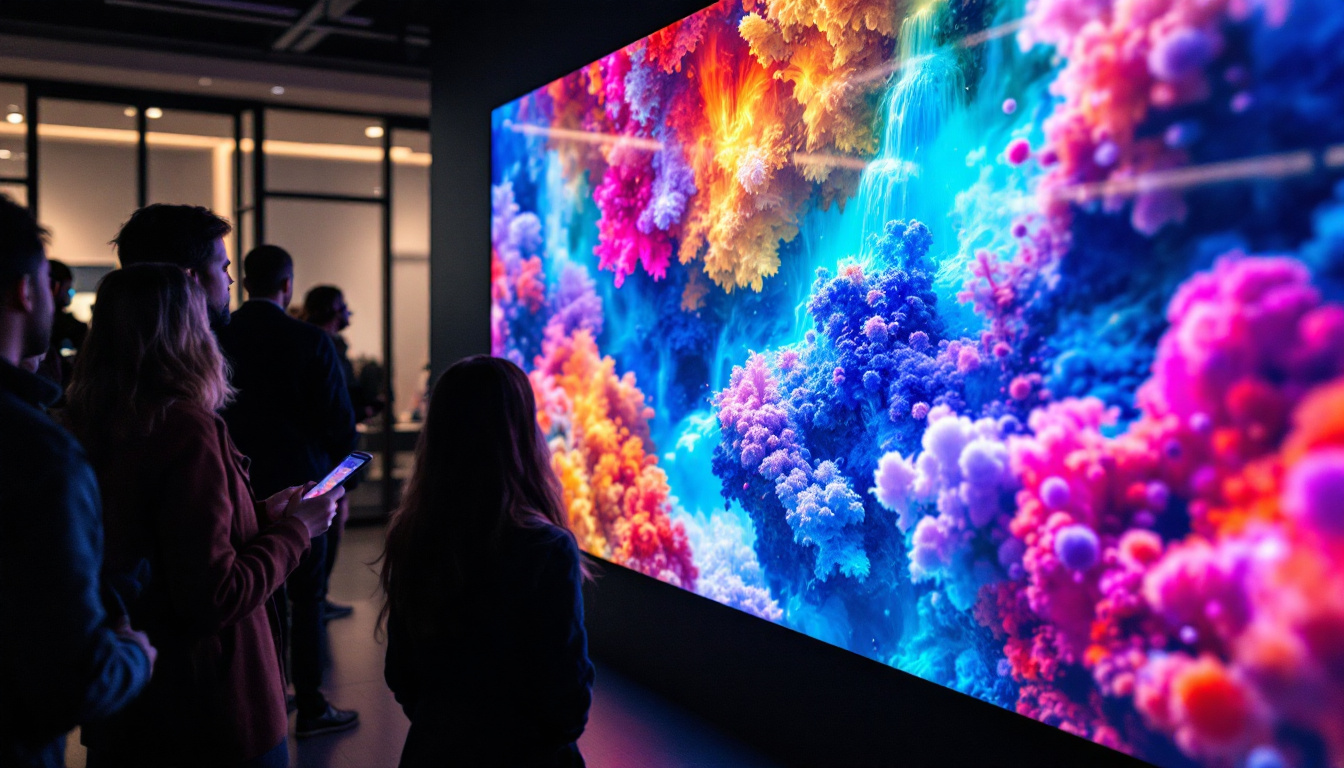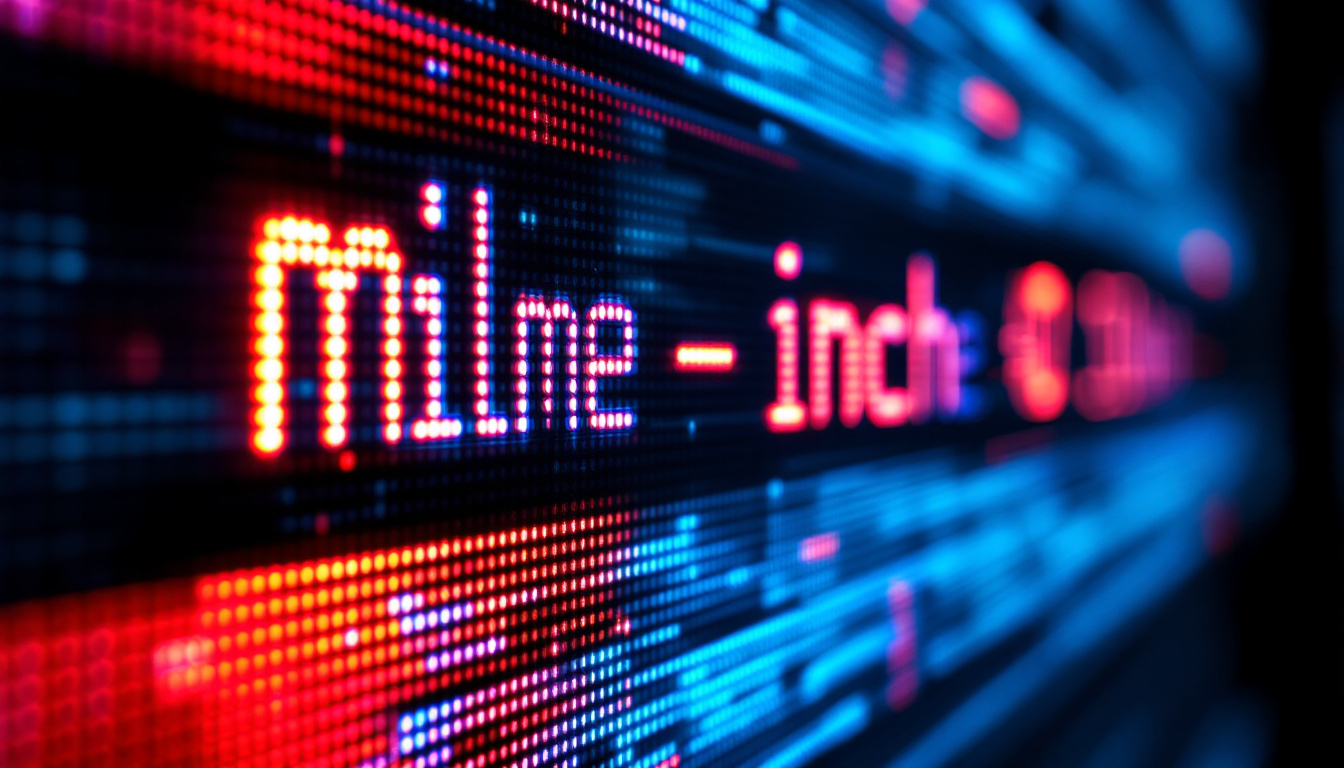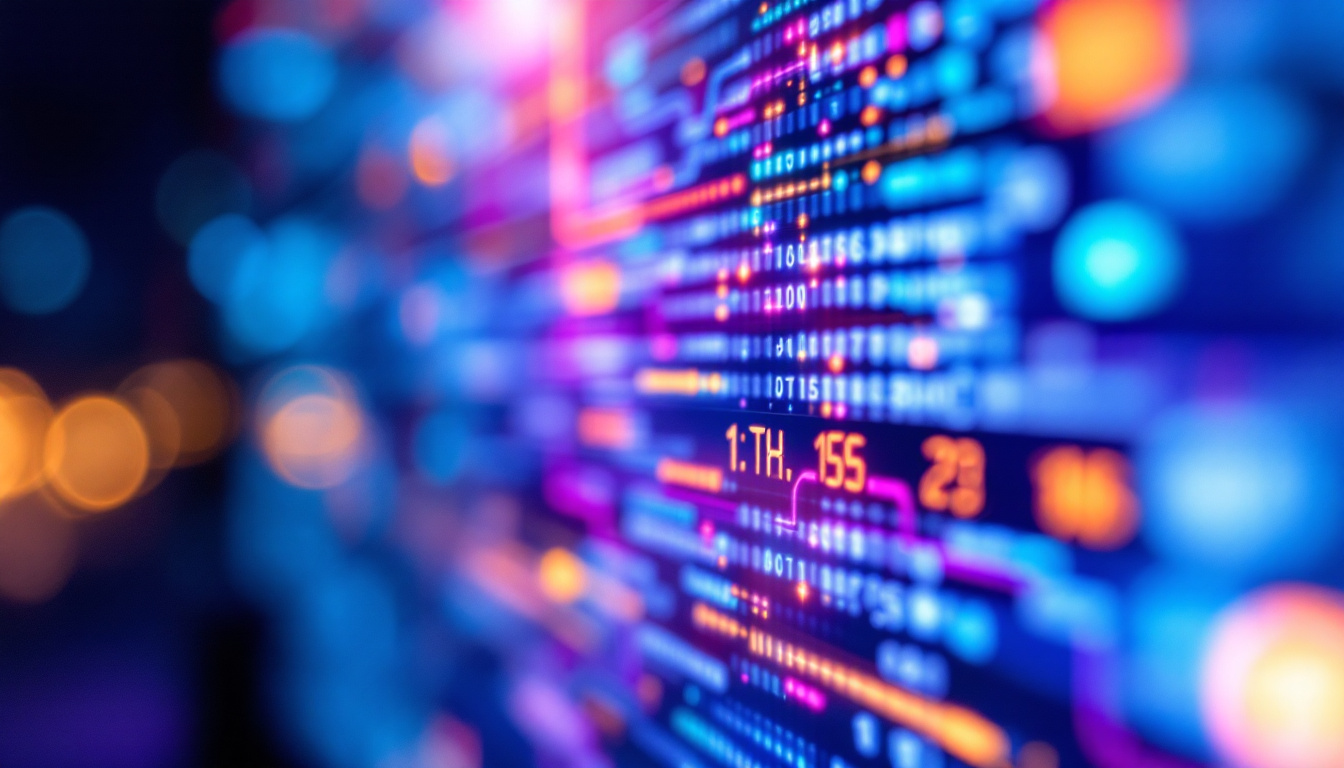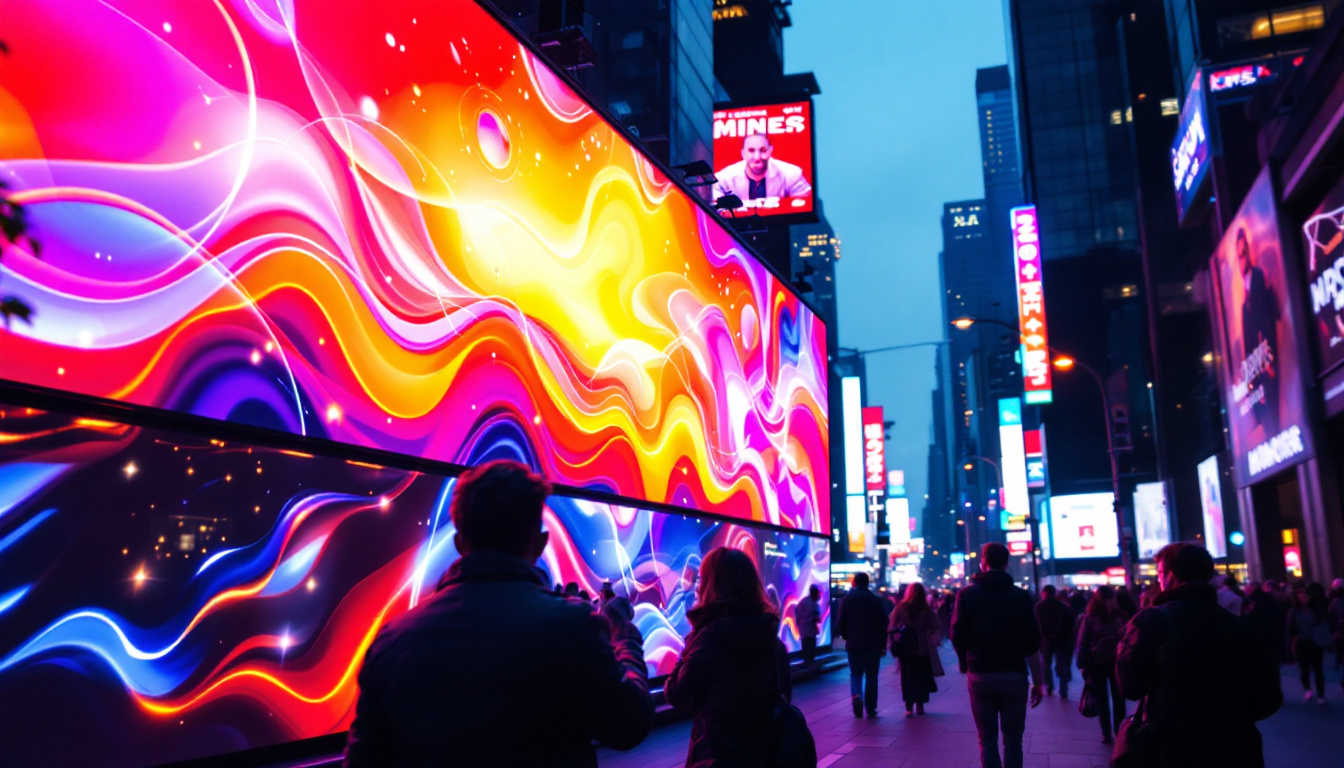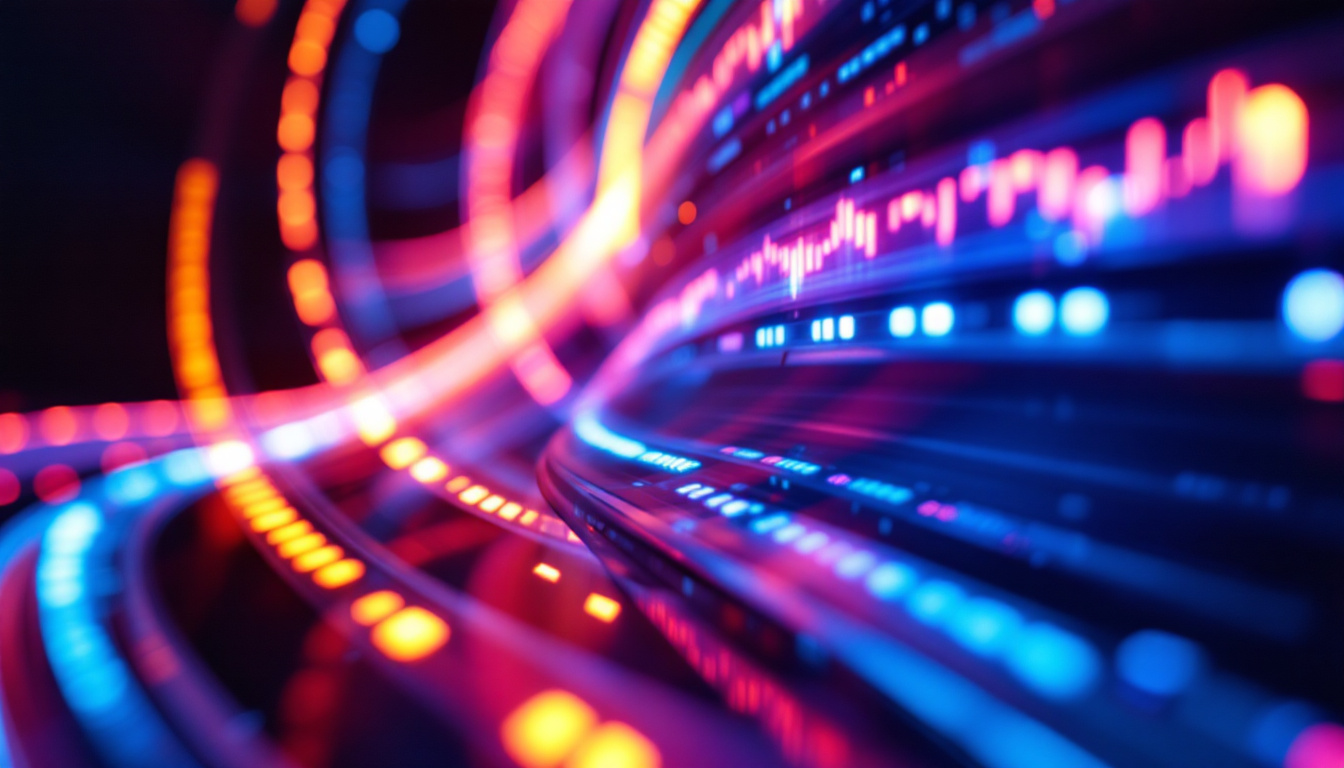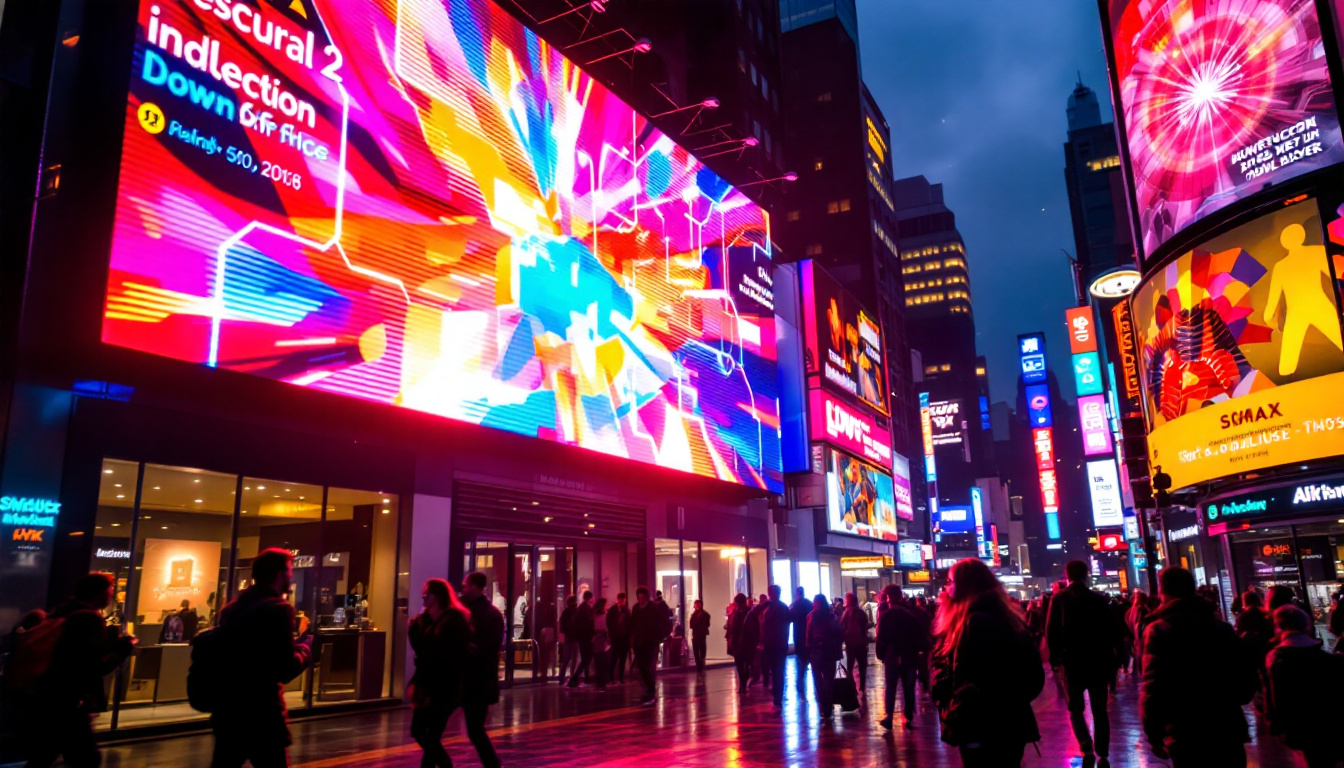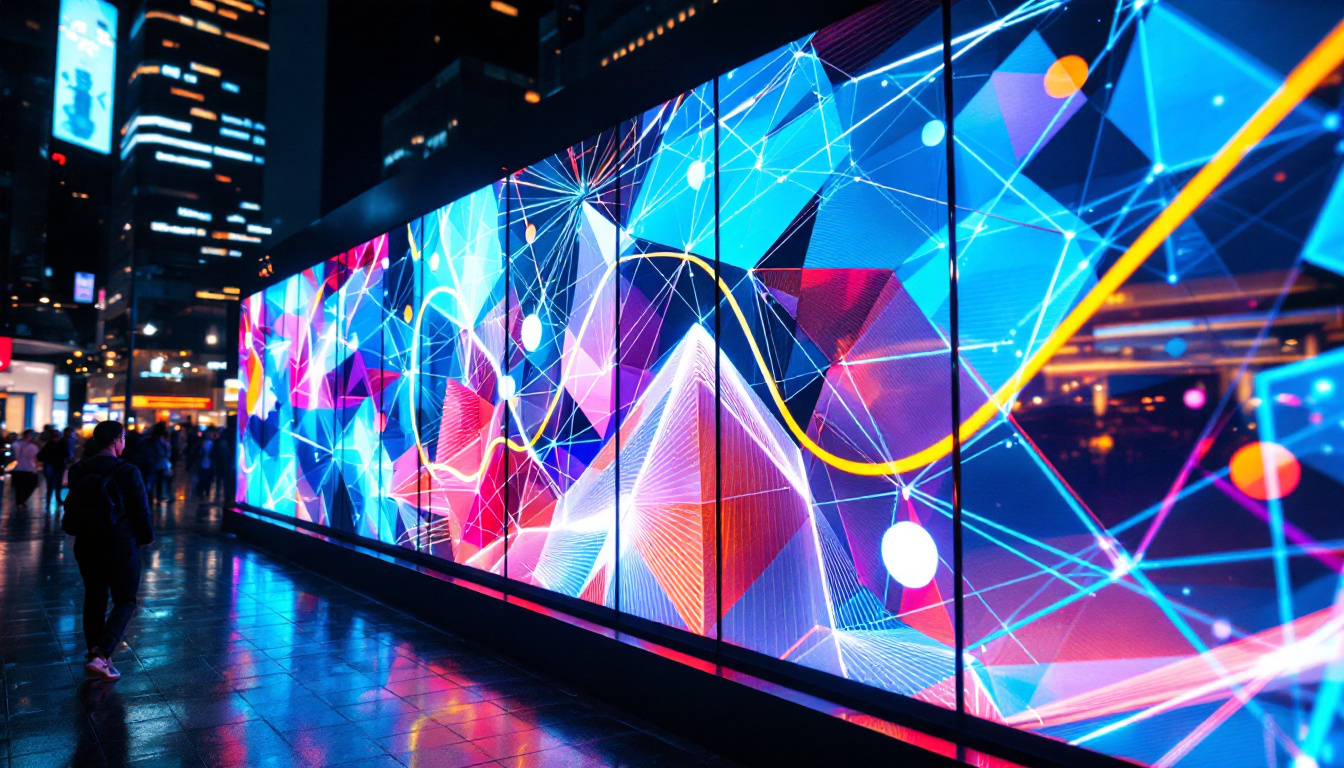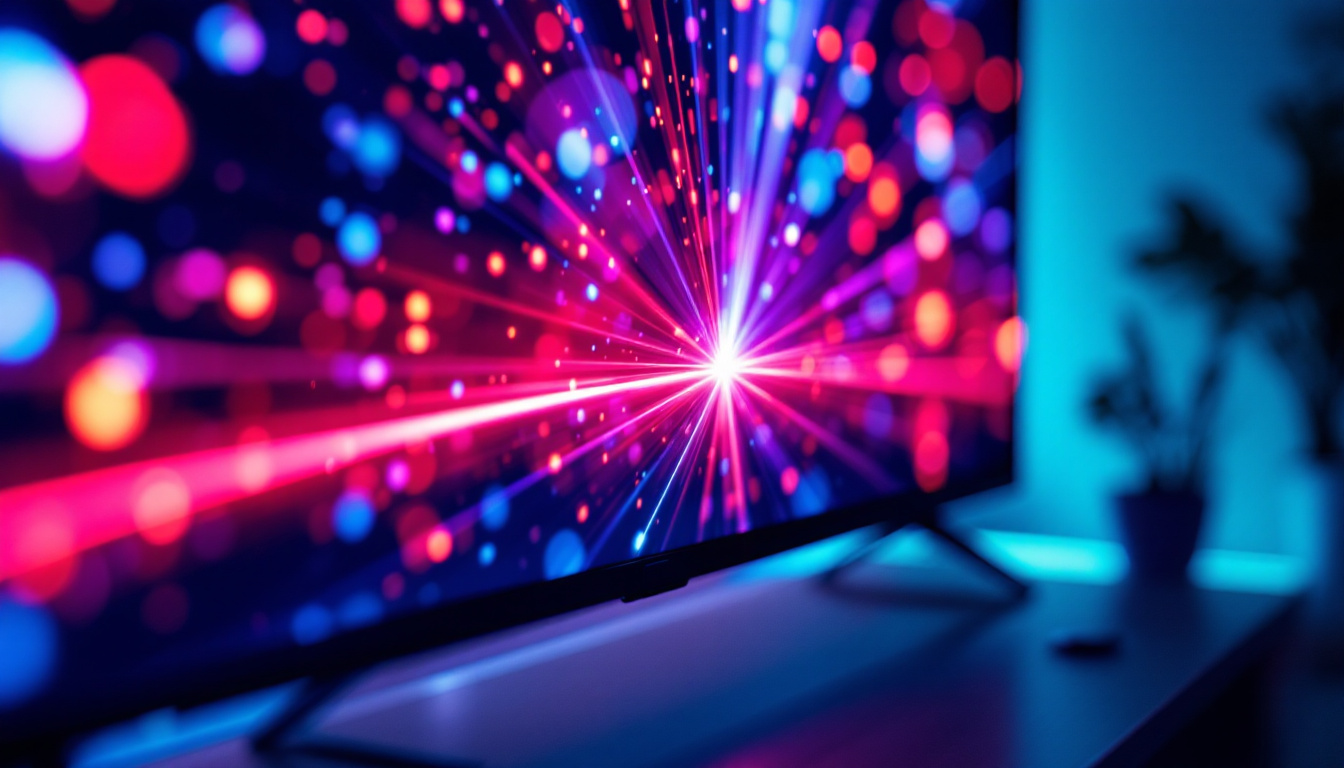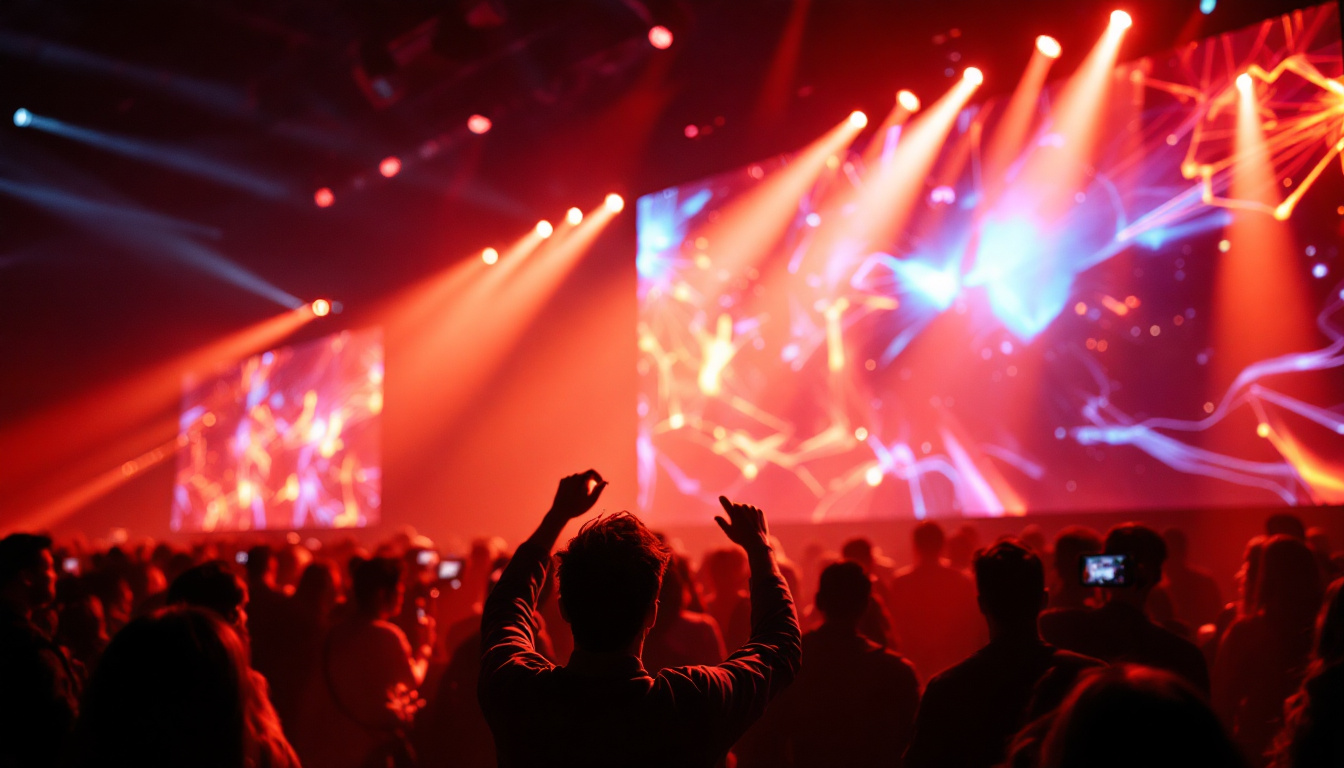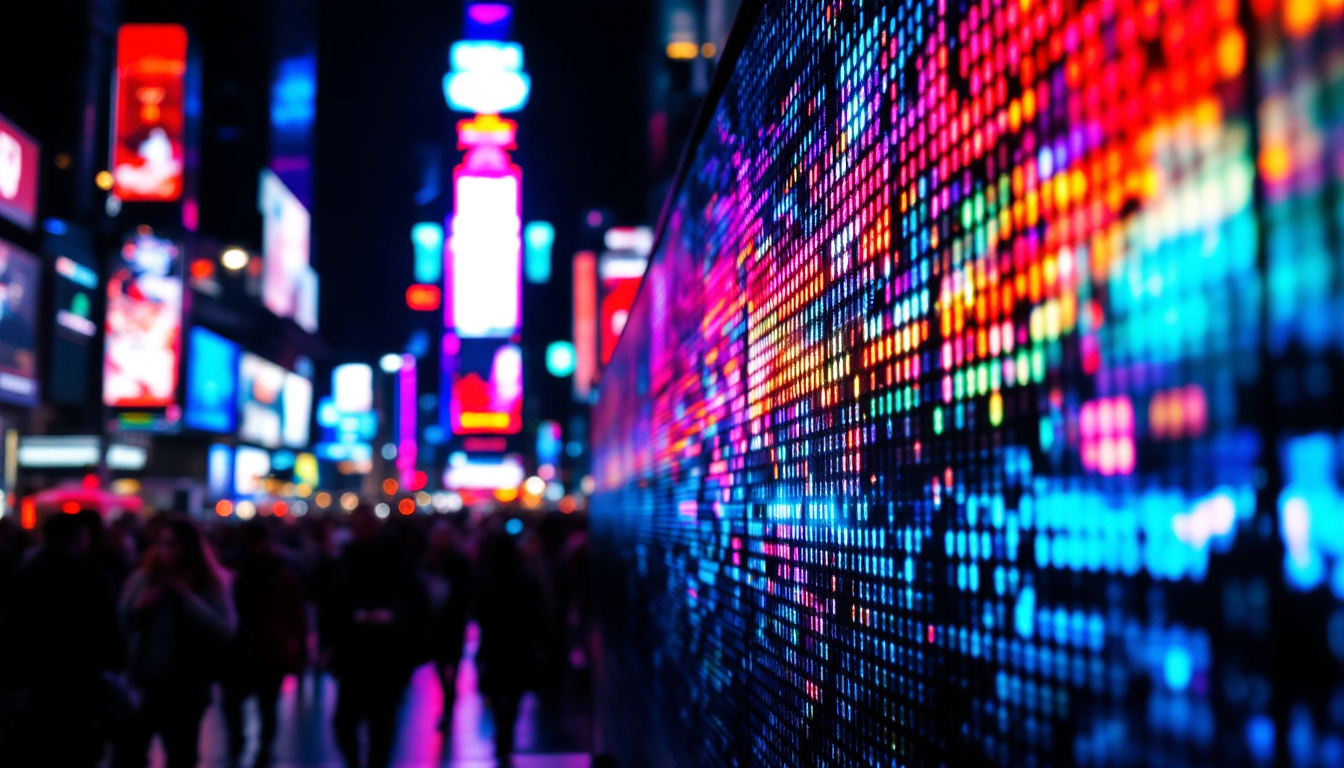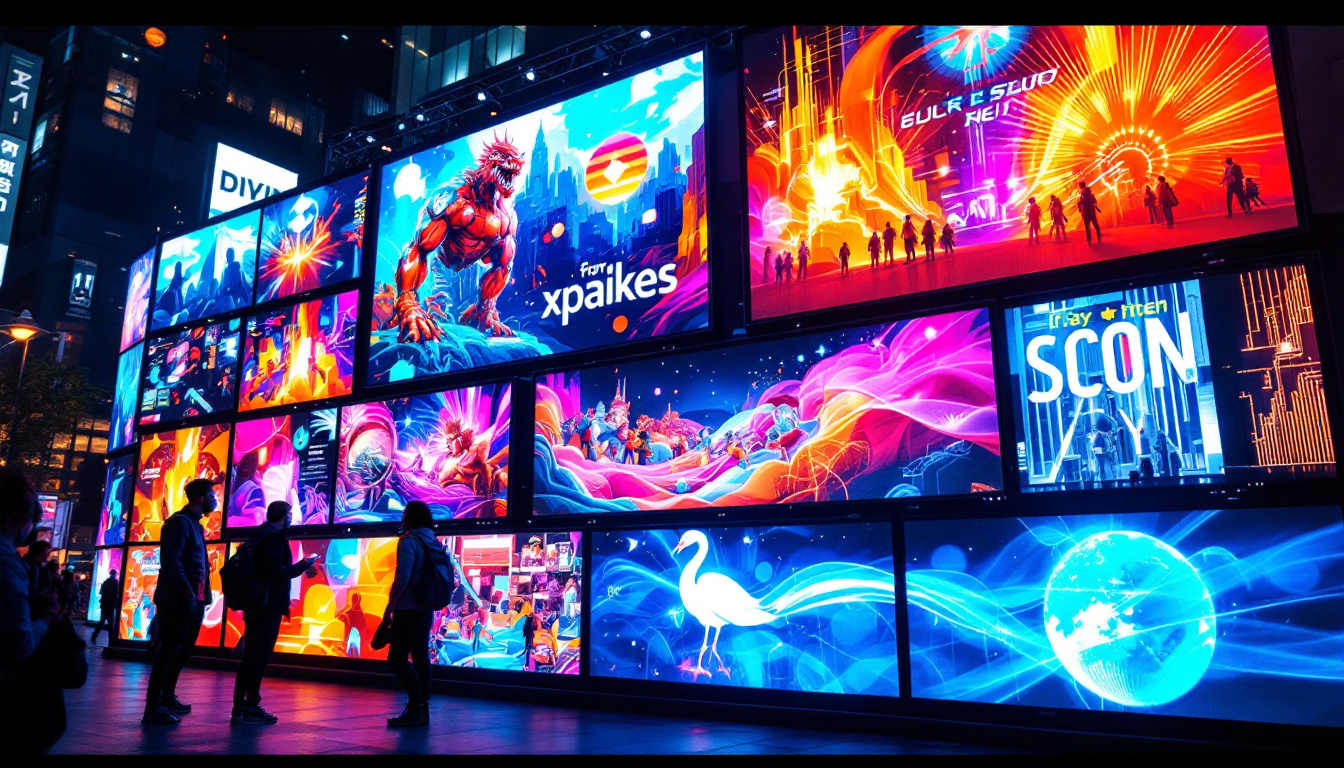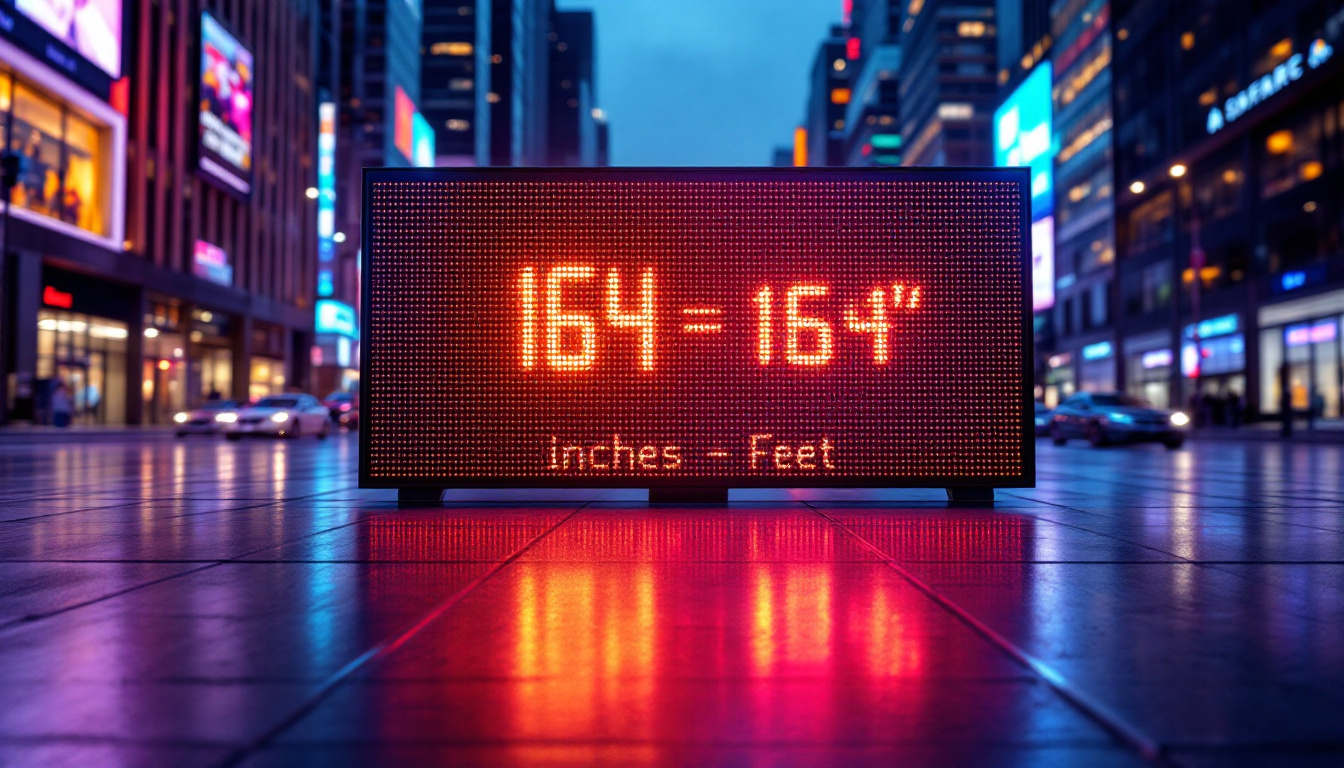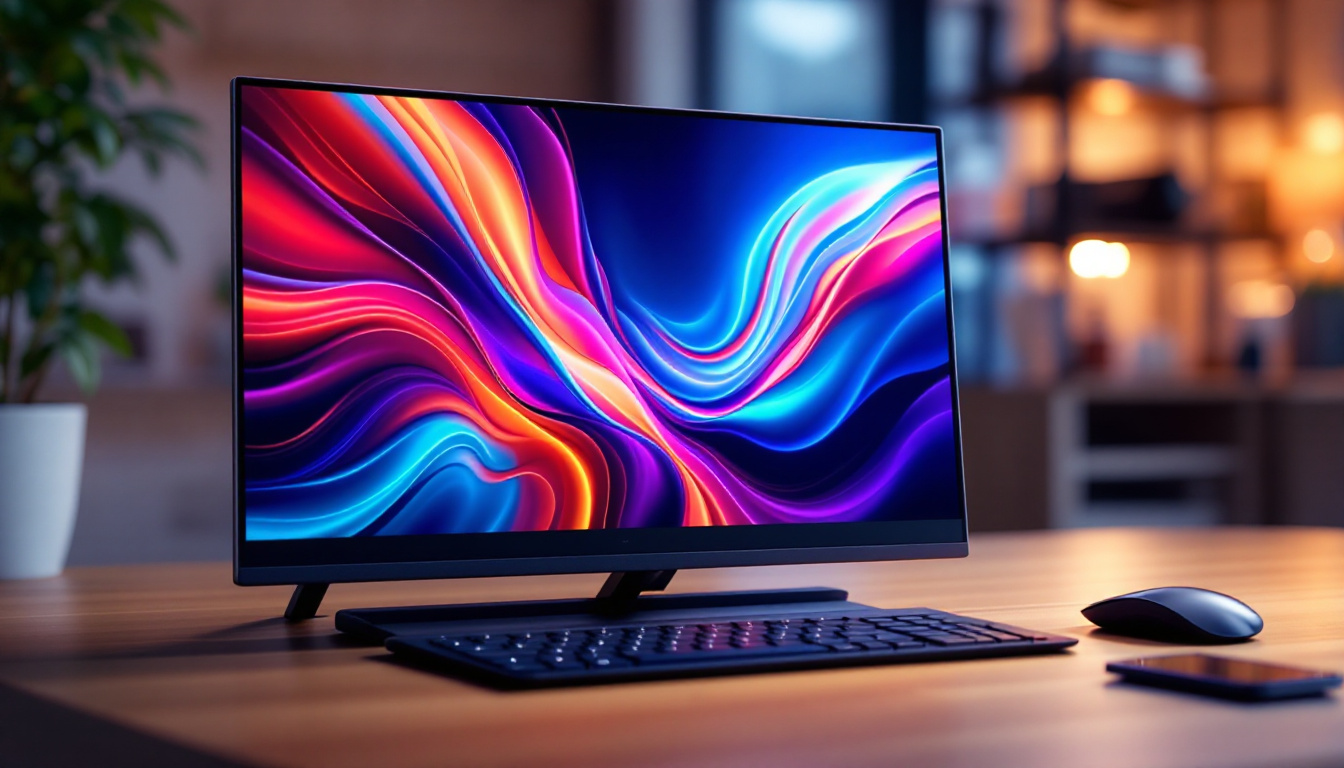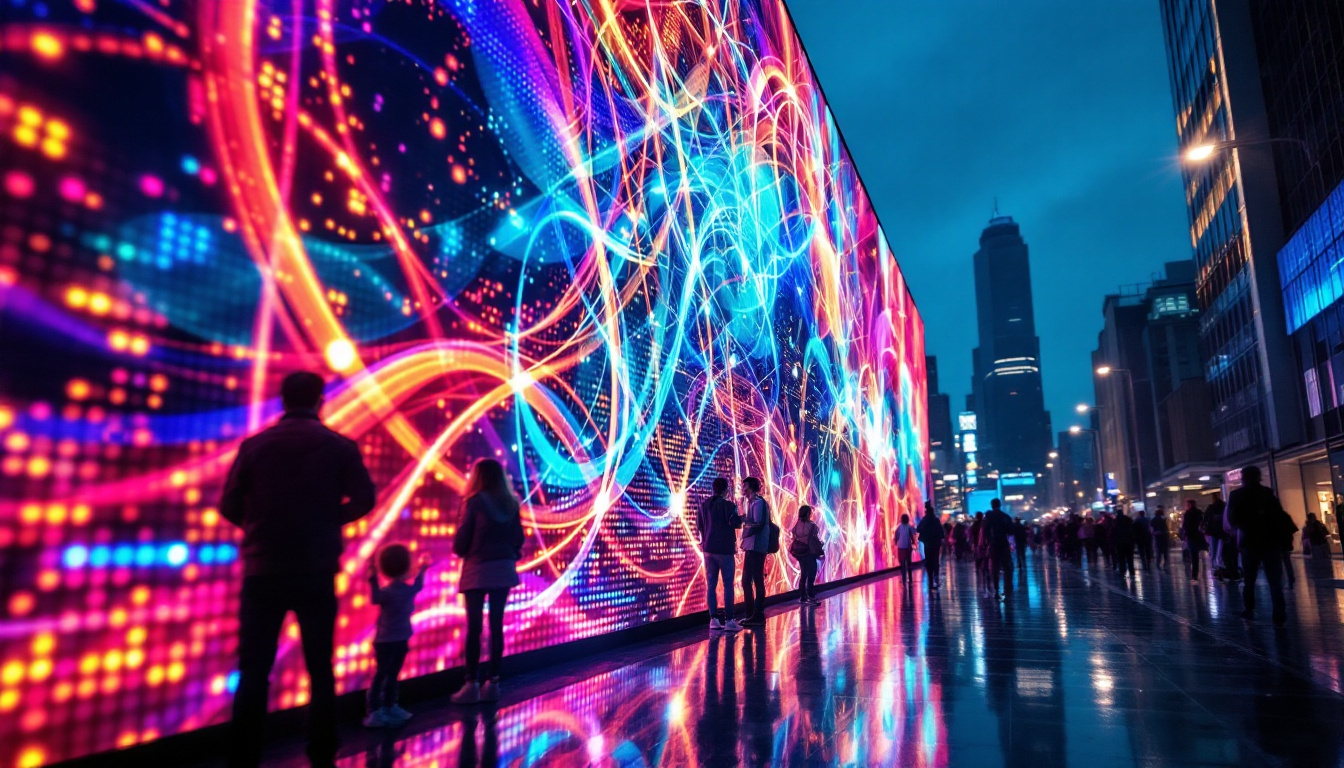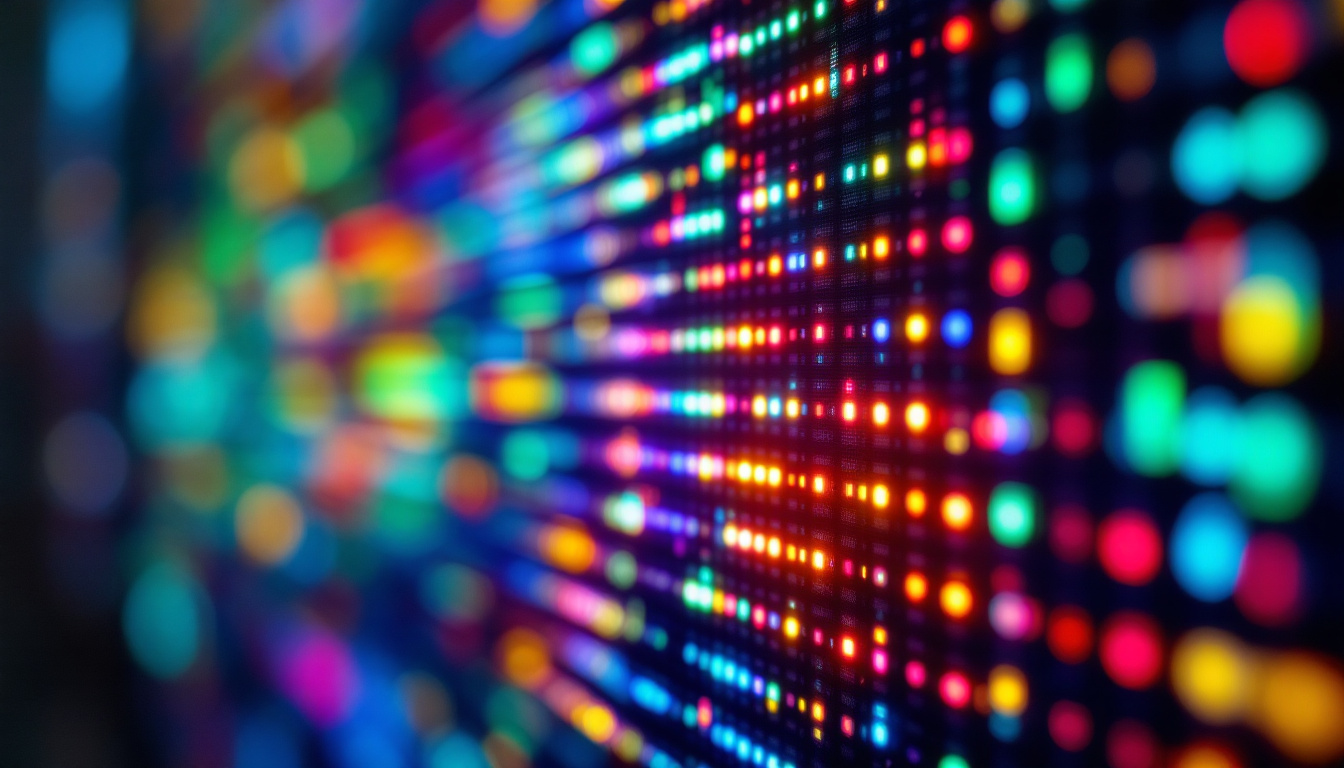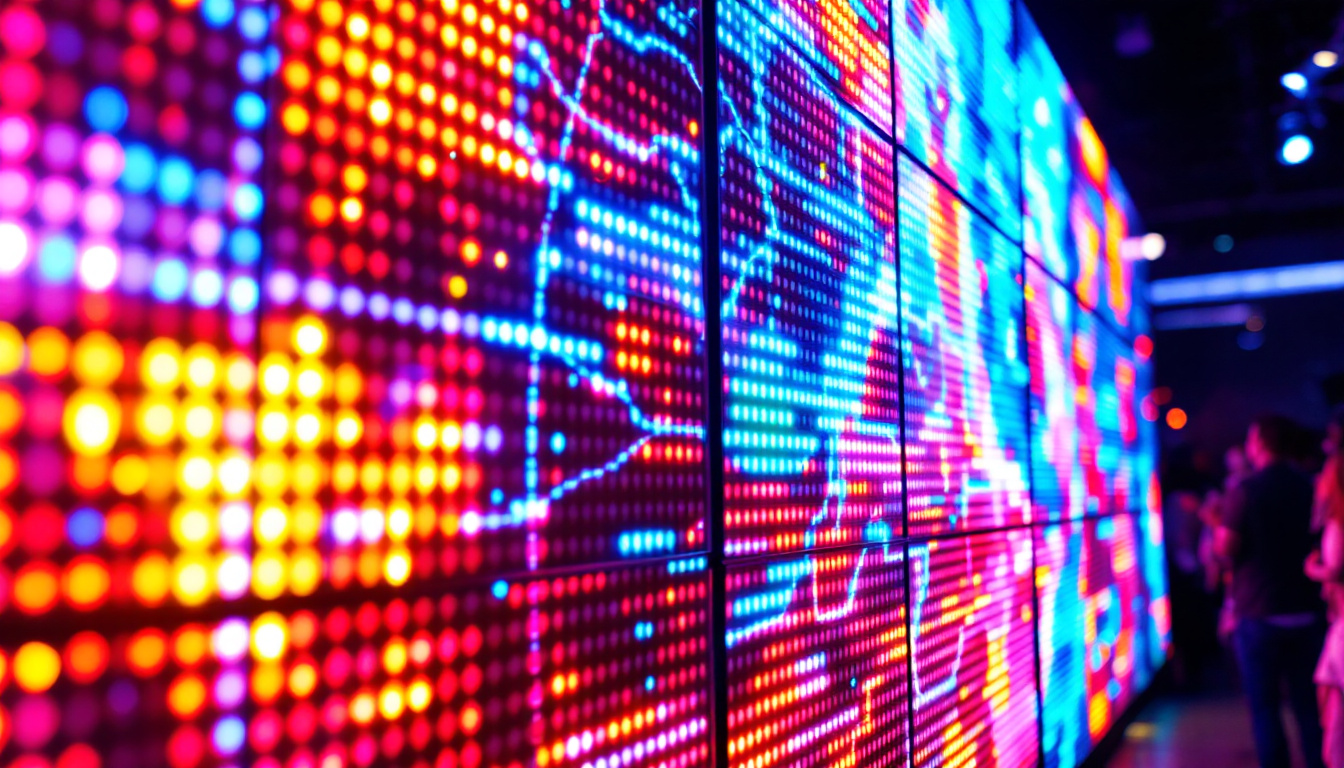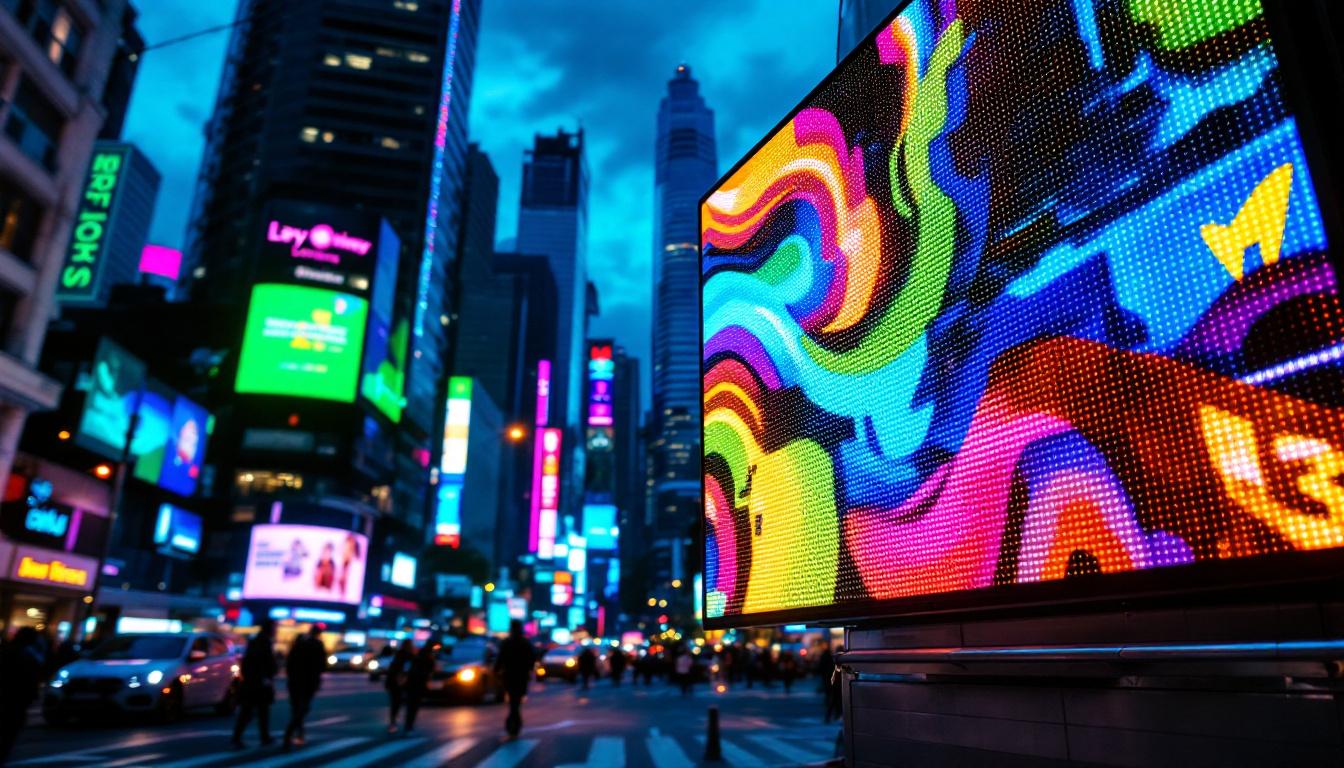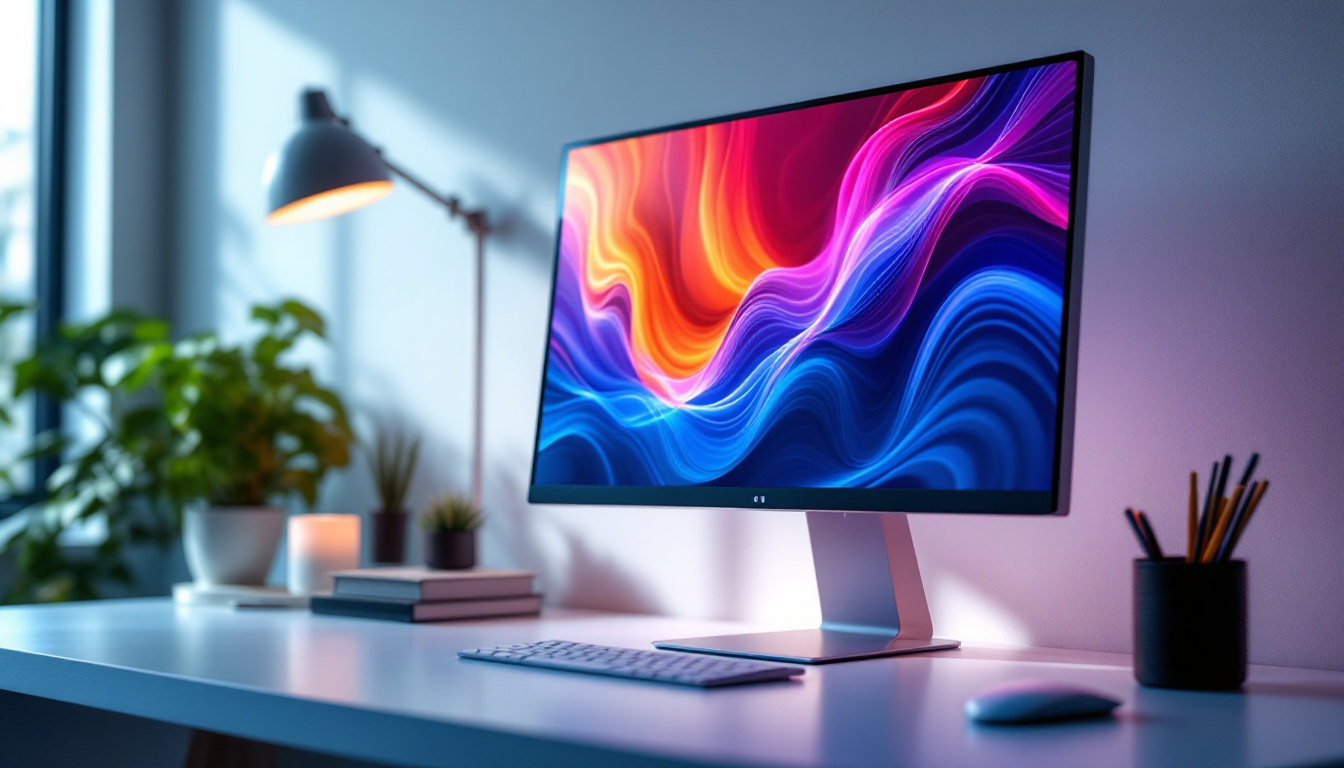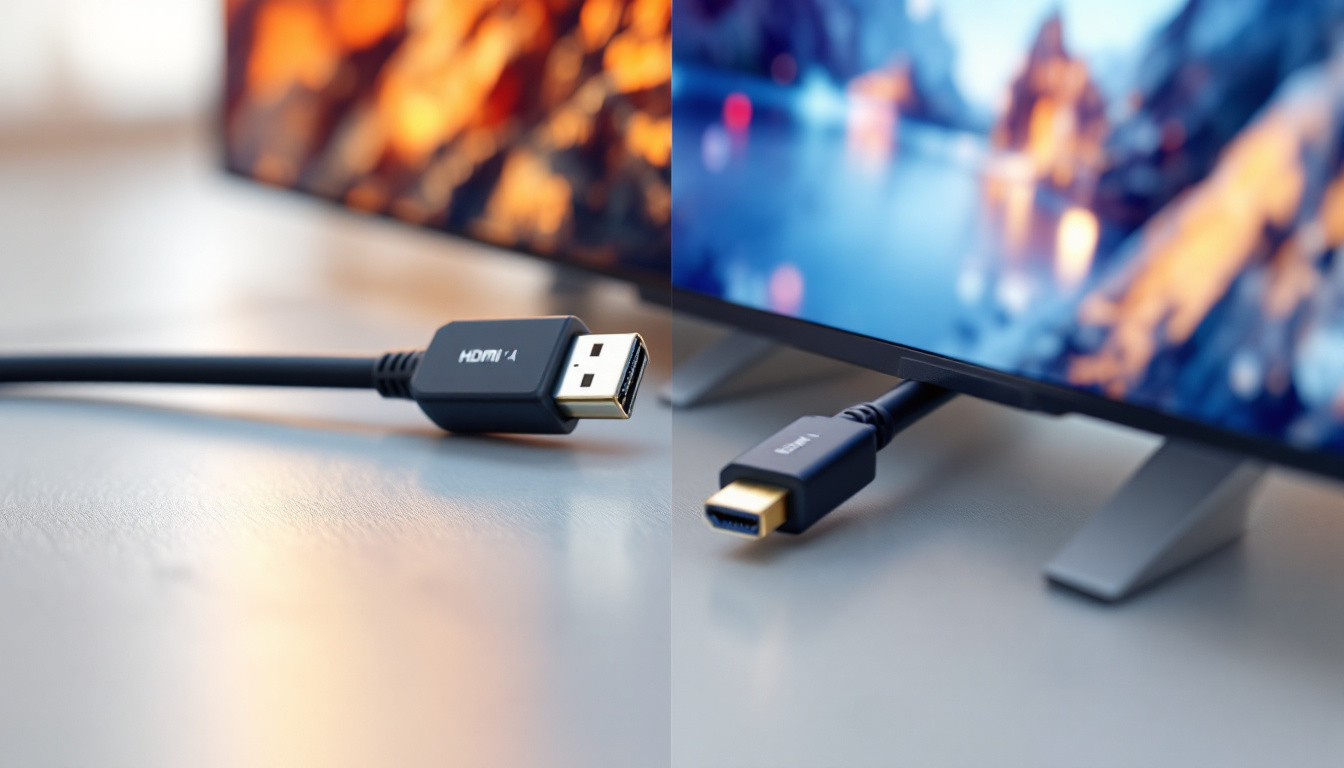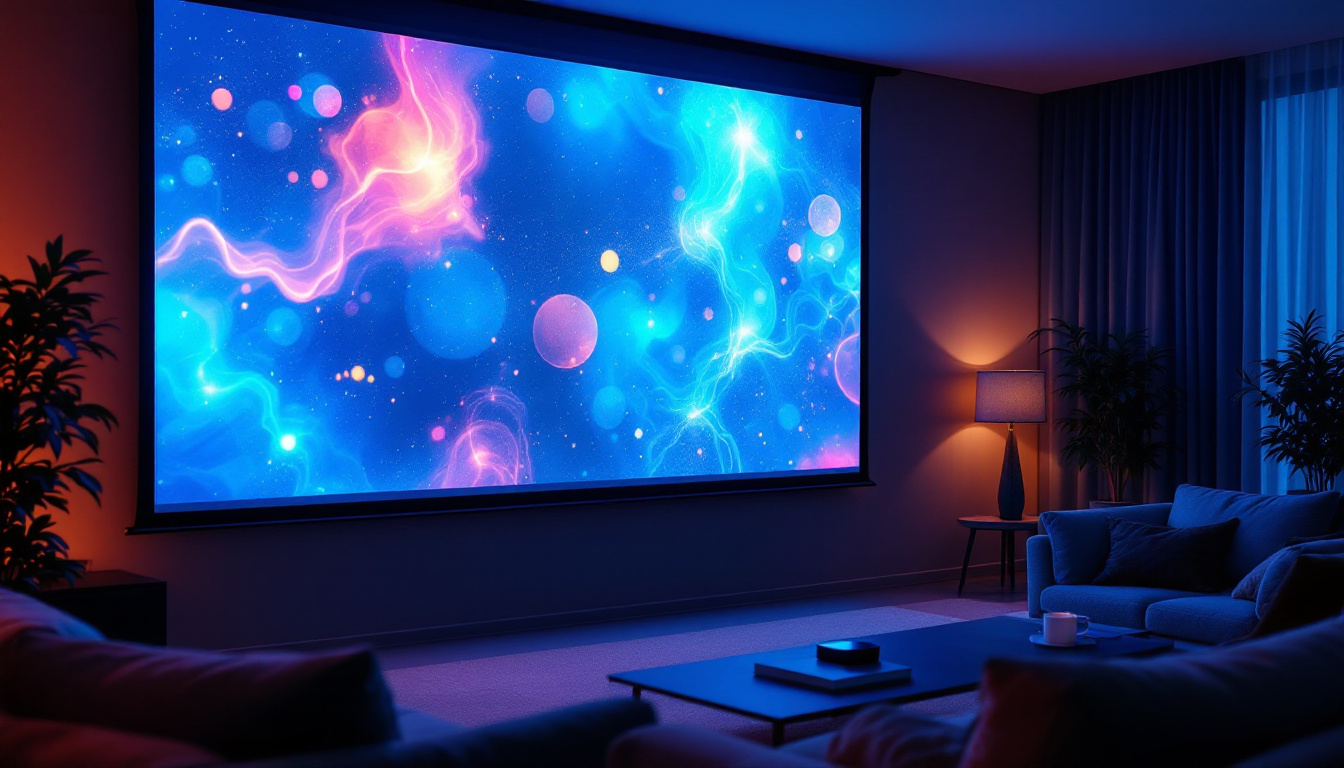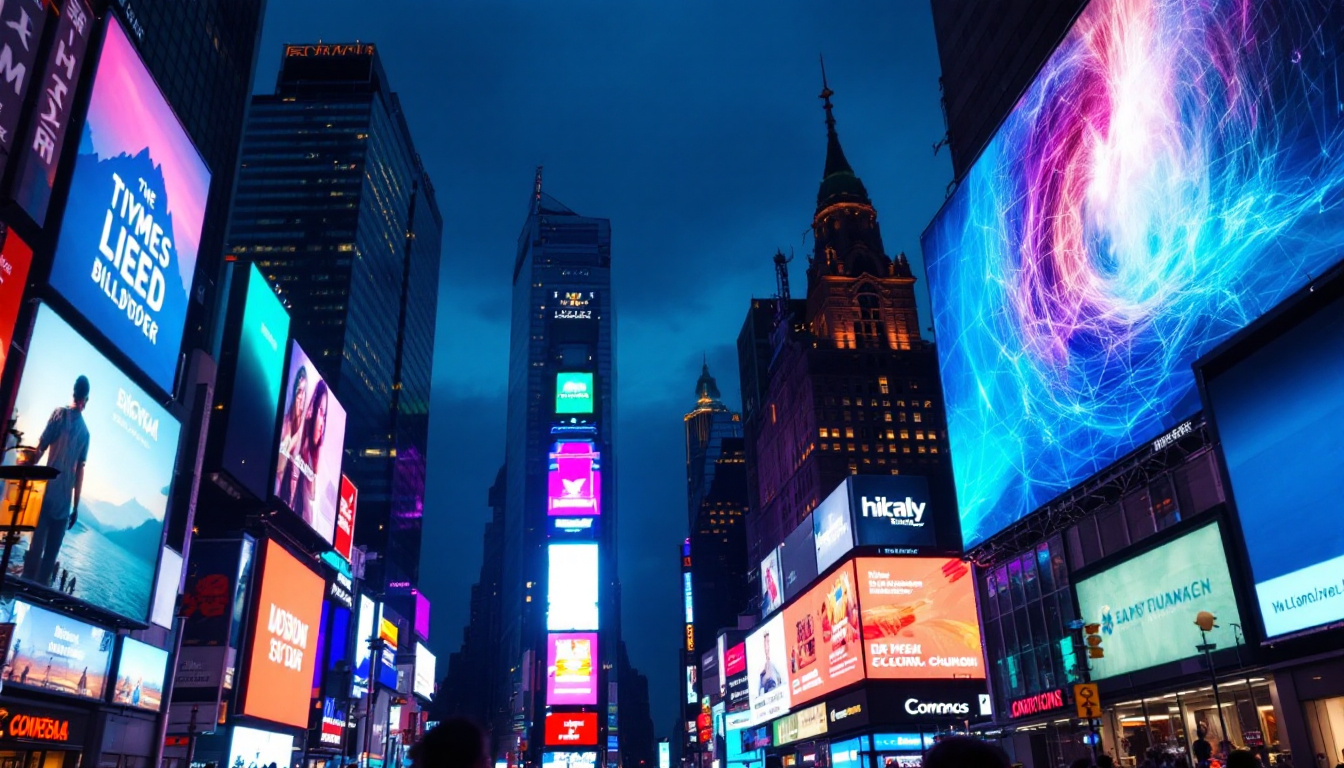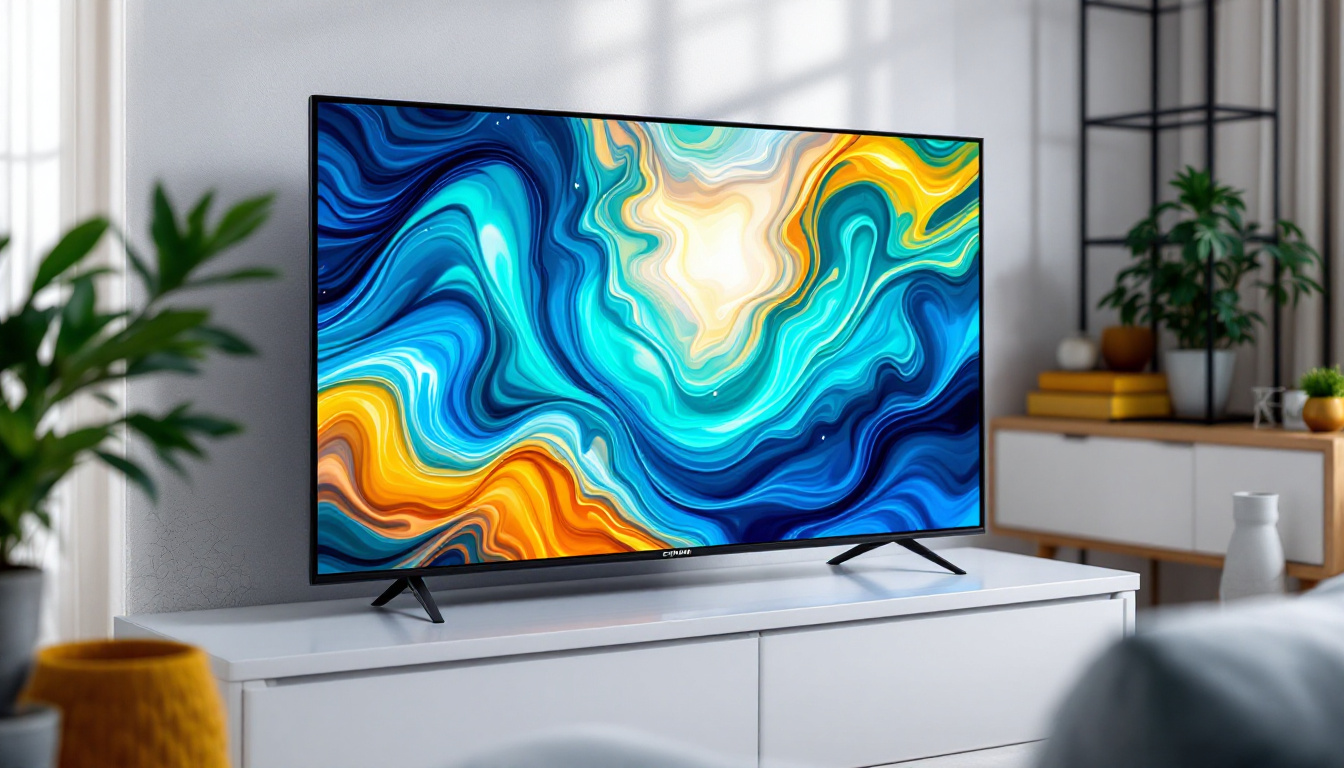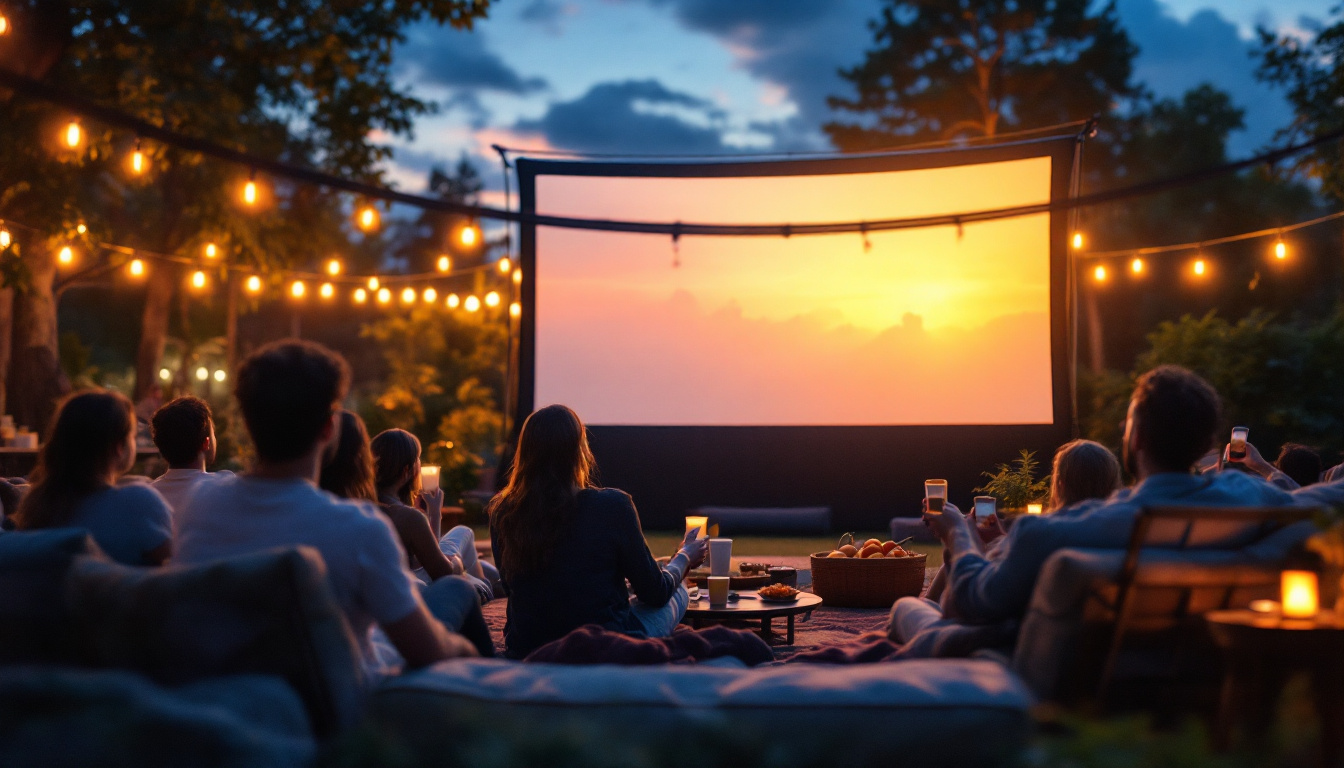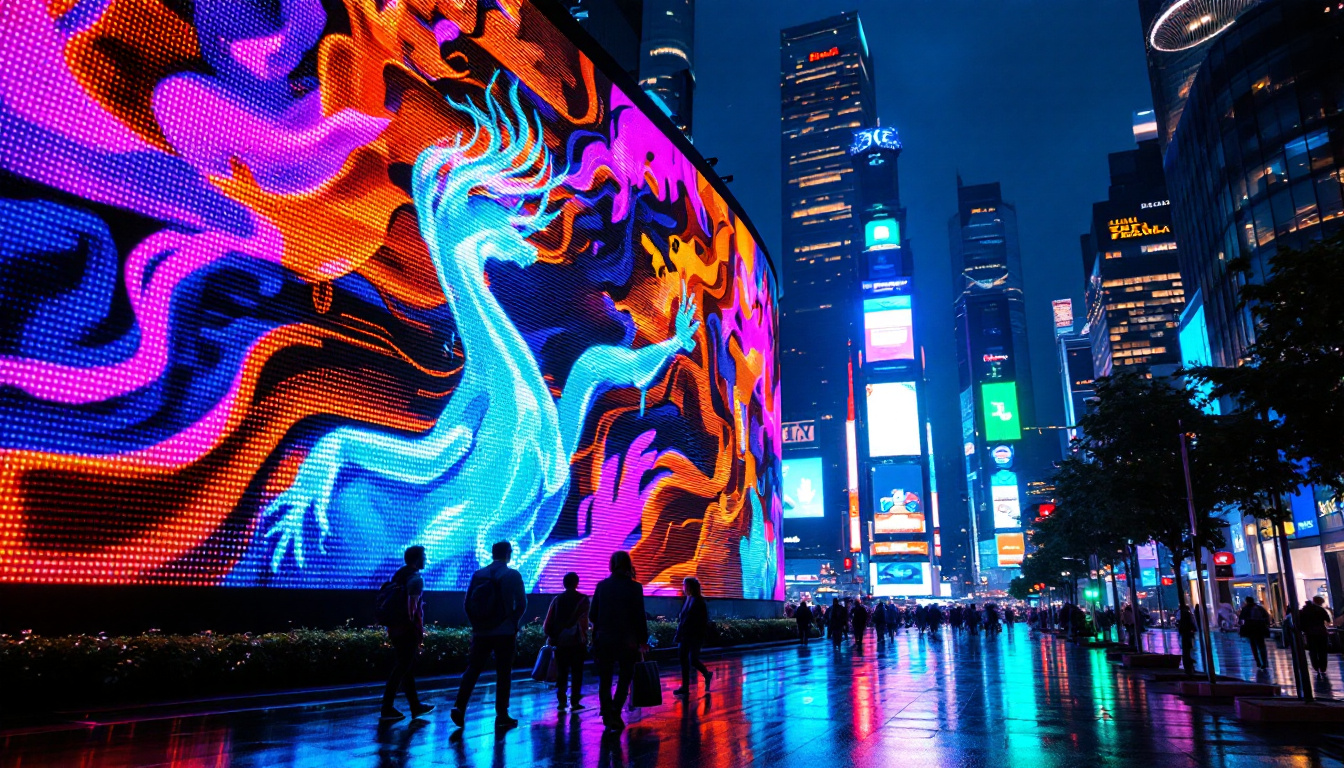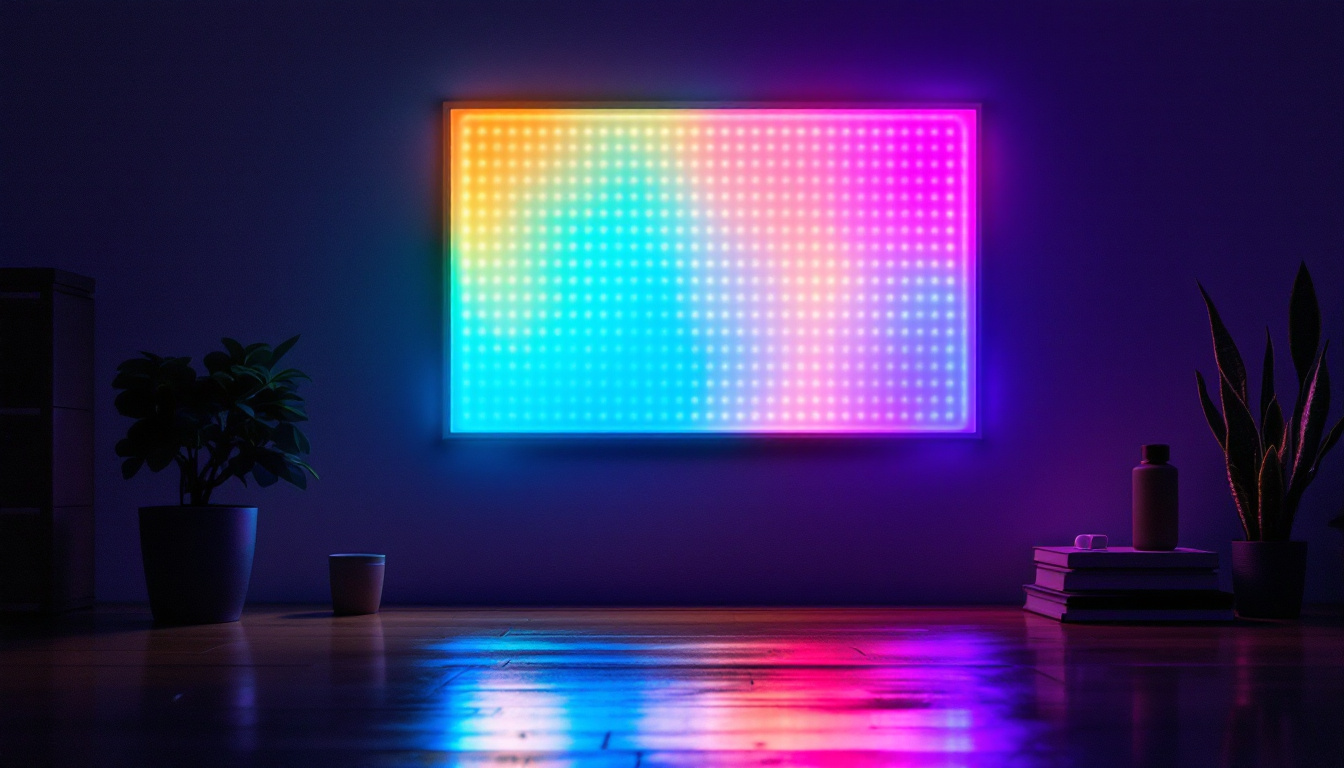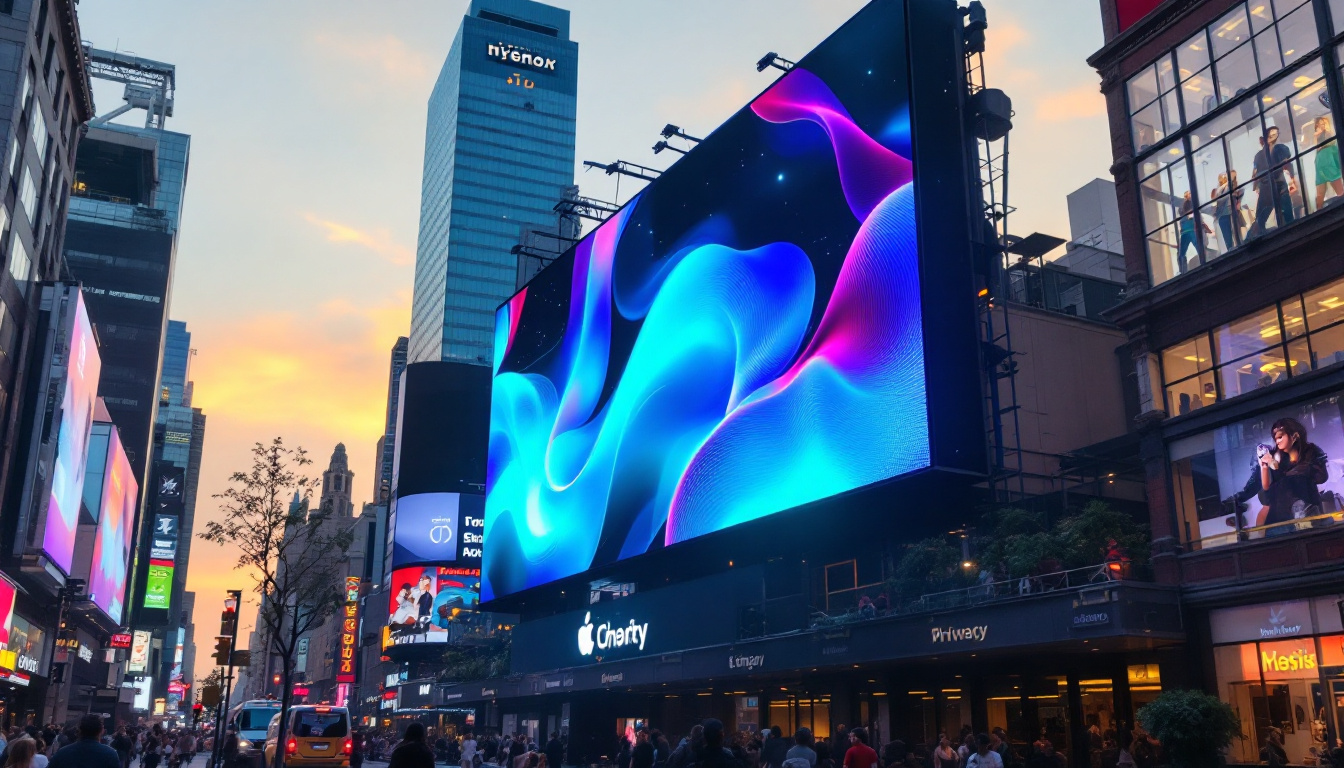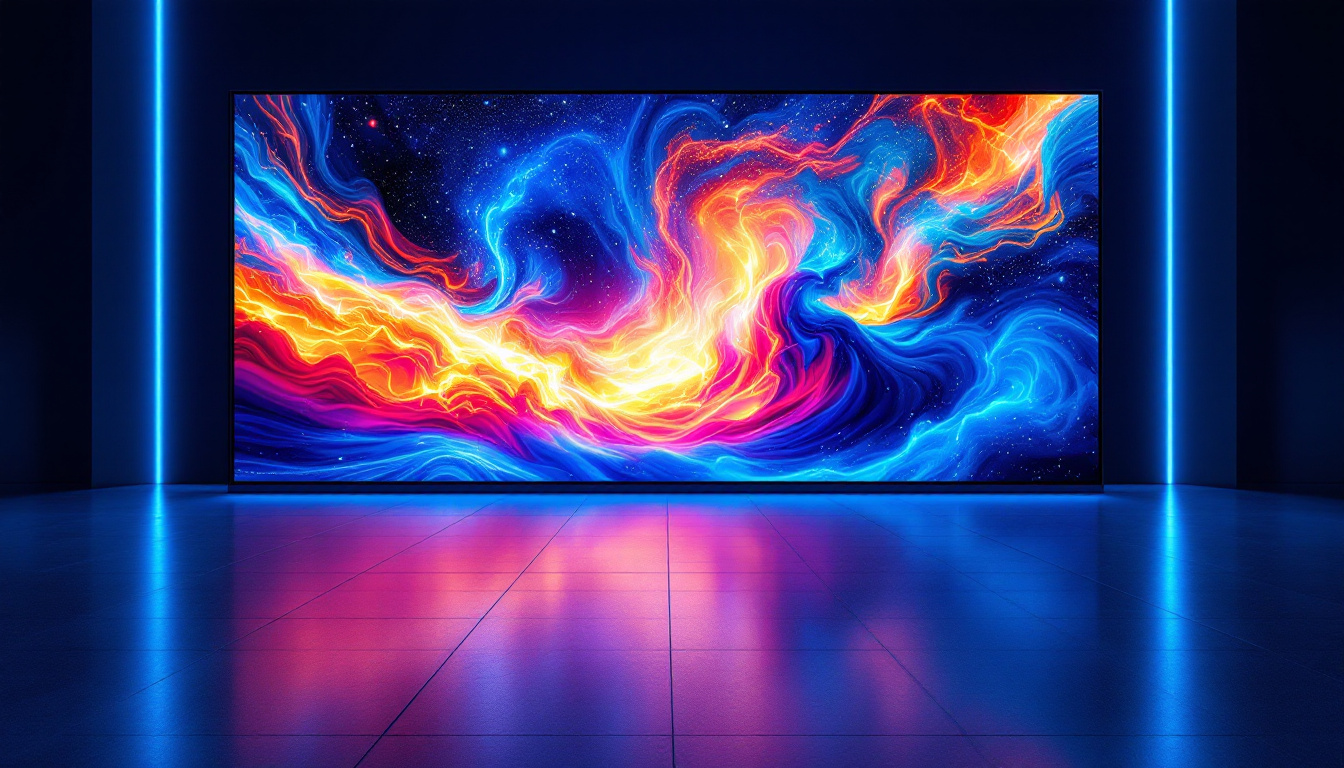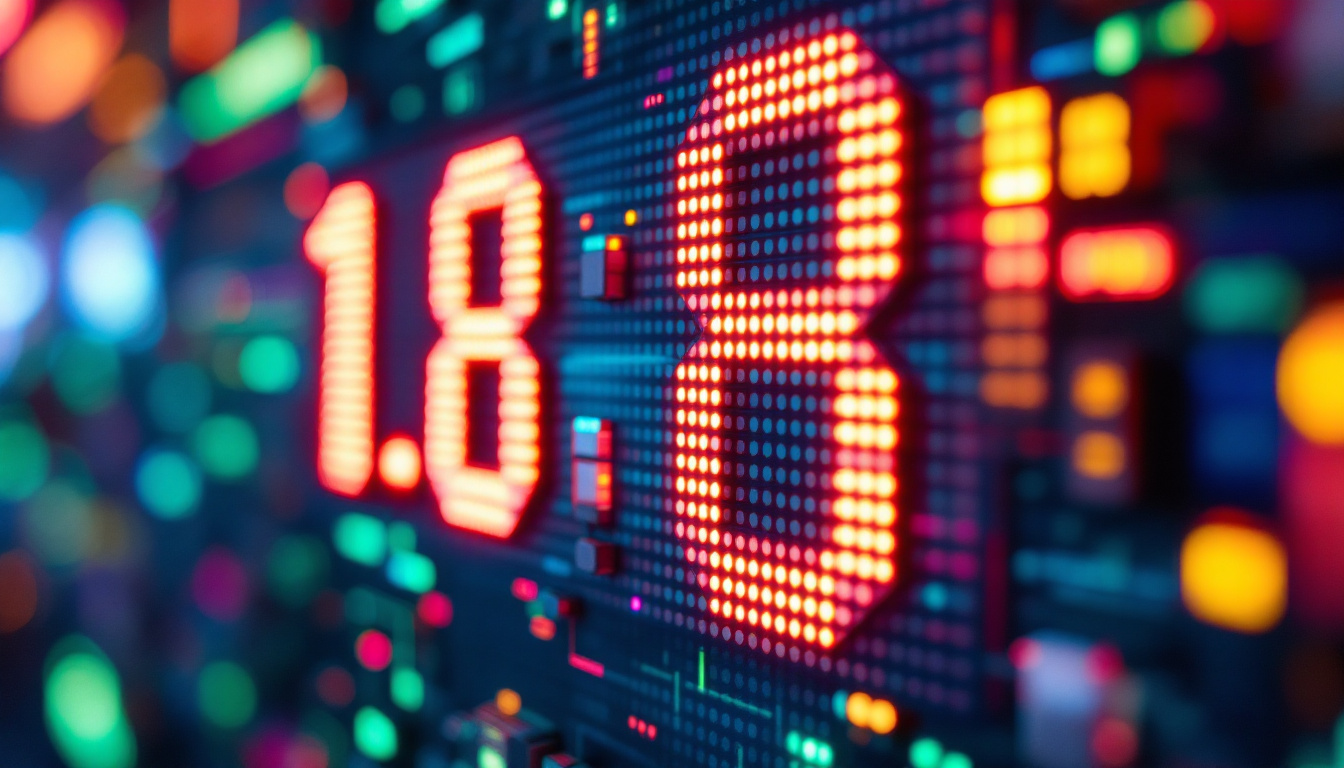The world of architecture and design is continuously evolving, with new technologies and materials reshaping the way we think about spaces. Among these advancements, LED displays have emerged as a game-changer, particularly in the context of rectangular house plans. This article delves into the integration of LED technology in residential design, exploring its benefits, applications, and the future of home aesthetics.
Understanding Rectangular House Plans
Rectangular house plans are among the most popular architectural designs due to their simplicity and functionality. These layouts provide a straightforward approach to space management, allowing for efficient use of square footage. The linear nature of rectangular designs often facilitates better flow and connectivity between rooms, which is essential for modern living.
Benefits of Rectangular Designs
One of the primary advantages of rectangular house plans is their versatility. They can be easily adapted to various styles, from minimalist to contemporary, and can accommodate different family sizes and lifestyles. Additionally, the straightforward geometry of these designs simplifies the construction process, often resulting in lower building costs.
Moreover, rectangular homes typically offer more opportunities for natural light. With larger wall spaces available for windows, homeowners can enjoy brighter interiors, which positively impacts mood and energy efficiency. This aspect is crucial in the context of sustainable living, where maximizing natural light can reduce reliance on artificial lighting. The ability to incorporate expansive glass doors or large picture windows further enhances this benefit, creating a harmonious connection between indoor and outdoor spaces, which is highly sought after in today’s designs.
Spatial Efficiency
Rectangular layouts inherently promote spatial efficiency. By minimizing wasted space, these designs allow for more functional areas within the home. For instance, open floor plans can be effortlessly integrated, creating a seamless transition between living, dining, and kitchen areas. This fluidity not only enhances the aesthetic appeal but also fosters a sense of community among family members.
Furthermore, the simplicity of rectangular designs makes it easier to incorporate modern amenities, such as smart home technology and LED displays. These elements can be strategically placed to enhance the overall functionality of the space while maintaining a clean and uncluttered appearance. The adaptability of rectangular house plans also extends to outdoor living spaces; homeowners can easily design patios, decks, or gardens that complement the linear architecture, providing additional areas for relaxation and entertainment. This integration of indoor and outdoor spaces is increasingly important as more people seek to create versatile environments that cater to both leisure and social gatherings.
The Role of LED Displays in Modern Homes
LED displays have revolutionized how homeowners interact with their living spaces. These digital screens offer a multitude of functionalities, from entertainment to information sharing, and can be seamlessly integrated into various areas of the home. Their adaptability makes them an ideal choice for rectangular house plans, where maximizing wall space is essential.
Enhancing Aesthetics
One of the most significant advantages of incorporating LED displays into home design is the aesthetic enhancement they provide. These screens can serve as dynamic focal points, showcasing art, family photos, or even ambient visuals that change with the mood of the room. This versatility allows homeowners to personalize their spaces in ways that traditional decor cannot match.
Moreover, LED displays can be integrated into furniture or architectural features, such as walls or ceilings, creating a cohesive design that feels modern and sophisticated. This integration can transform a simple rectangular room into a vibrant and engaging environment that reflects the homeowner’s personality. For instance, a large LED panel can replace a traditional painting, offering an ever-changing gallery of artwork that can be updated with just a few clicks. This not only adds a unique touch to the decor but also allows for seasonal themes or personal milestones to be celebrated visually.
Functional Applications
Beyond aesthetics, LED displays serve numerous functional purposes. In the kitchen, for example, they can be used to display recipes or cooking tutorials, making meal preparation more accessible and enjoyable. In living areas, these screens can function as entertainment hubs, providing access to streaming services, games, and social media.
Additionally, LED displays can be utilized for practical information, such as weather updates, news, or reminders. This functionality is particularly beneficial in open-concept spaces, where a single screen can serve multiple areas, reducing clutter and enhancing organization. Smart home integration further amplifies their utility, allowing homeowners to control lighting, temperature, and security systems directly from their LED displays. Imagine hosting a dinner party where guests can see the menu, play music, and even adjust the ambiance with just a few taps on the screen—creating a seamless blend of technology and hospitality that enhances the overall experience.
Integrating LED Displays into Rectangular House Plans
Integrating LED displays into rectangular house plans requires thoughtful consideration of both design and functionality. The placement of these screens can significantly impact the overall flow and usability of the space. Here are some strategies to effectively incorporate LED technology into home designs.
Strategic Placement
When planning the layout of a rectangular home, the placement of LED displays should be carefully considered. Walls that naturally draw the eye, such as those in living rooms or entryways, are ideal locations for these screens. This not only enhances visibility but also creates a focal point that can anchor the room’s design.
In addition to aesthetic considerations, practical factors such as viewing angles and proximity to power sources must also be taken into account. Ensuring that screens are positioned for optimal viewing can enhance user experience and make the technology more accessible to all family members. For instance, placing a screen at eye level and ensuring it is not obstructed by furniture can create a more inviting atmosphere, encouraging family gatherings around shared entertainment experiences.
Creating Multi-Functional Spaces
Rectangular house plans often lend themselves to open-concept designs, which can be further enhanced through the strategic use of LED displays. For instance, a screen can be mounted in a way that it serves both the kitchen and dining area, allowing for seamless transitions between cooking and entertaining.
These multi-functional spaces can also benefit from the use of smart technology, where LED displays can be controlled via mobile devices or voice commands. This integration not only adds convenience but also elevates the overall living experience, making it more interactive and engaging. Imagine hosting a dinner party where the LED display showcases a curated playlist or even a live feed of the cooking process, allowing guests to feel involved in the meal preparation. Furthermore, the versatility of LED displays can extend to displaying art or family photos, transforming the screen into a dynamic gallery that adapts to the mood of the moment.
Additionally, incorporating LED displays into home automation systems can enhance energy efficiency and security. For instance, screens can be programmed to display energy consumption statistics, helping homeowners monitor their usage and make informed decisions about their energy habits. In terms of security, LED displays can serve as a central hub for monitoring surveillance feeds, providing peace of mind while maintaining a sleek and modern aesthetic. This multifaceted approach not only maximizes the utility of the space but also aligns with contemporary lifestyle trends that prioritize both functionality and style.
The Future of LED Displays in Home Design
The future of LED displays in home design looks promising, with continuous advancements in technology paving the way for even more innovative applications. As these screens become more affordable and accessible, their integration into residential spaces is expected to grow significantly.
Emerging Technologies
With the advent of flexible LED displays, homeowners can expect to see even more creative applications in the coming years. These displays can be bent and shaped to fit various surfaces, allowing for unique installations that were previously unimaginable. This flexibility opens up new avenues for artistic expression and personalization in home design.
Moreover, as smart home technology continues to evolve, LED displays will likely play an integral role in creating interconnected living environments. Homeowners will be able to control lighting, temperature, and security systems through their displays, streamlining their daily routines and enhancing comfort.
Sustainability Considerations
As sustainability becomes a more pressing concern, the energy efficiency of LED displays will also be a significant factor in their future use. These screens consume less power compared to traditional displays, making them a more environmentally friendly choice. Furthermore, as energy-efficient designs become the norm in residential architecture, the integration of LED technology aligns perfectly with sustainable living practices.
Incorporating renewable energy sources, such as solar panels, to power these displays can further enhance their sustainability credentials. This approach not only reduces the ecological footprint of the home but also promotes a more responsible lifestyle.
Conclusion
Rectangular house plans offer a versatile and efficient framework for modern living, and the integration of LED displays enhances their functionality and aesthetic appeal. As technology continues to advance, the potential for these displays in residential design will only grow, leading to more innovative and personalized living spaces.
By thoughtfully incorporating LED technology into rectangular home designs, homeowners can create environments that are not only visually stunning but also highly functional. The future of home design is bright, and LED displays will undoubtedly play a pivotal role in shaping the way we experience our living spaces.
In conclusion, as architects and homeowners embrace the possibilities of LED displays within rectangular house plans, the boundaries of design will continue to expand, fostering a new era of creativity and innovation in residential architecture.
Explore the Future of Home Design with LumenMatrix
Ready to elevate your living space with the latest in LED display technology? Discover the innovative solutions by LumenMatrix, a leader in crafting visually stunning and highly functional LED displays for every aspect of your home. From dynamic Indoor LED Wall Displays to captivating Outdoor LED Wall Displays and beyond, LumenMatrix offers a range of products designed to integrate seamlessly with your rectangular house plans. Embrace the future of residential architecture and check out LumenMatrix LED Display Solutions today to create an environment that’s as engaging as it is beautiful.

